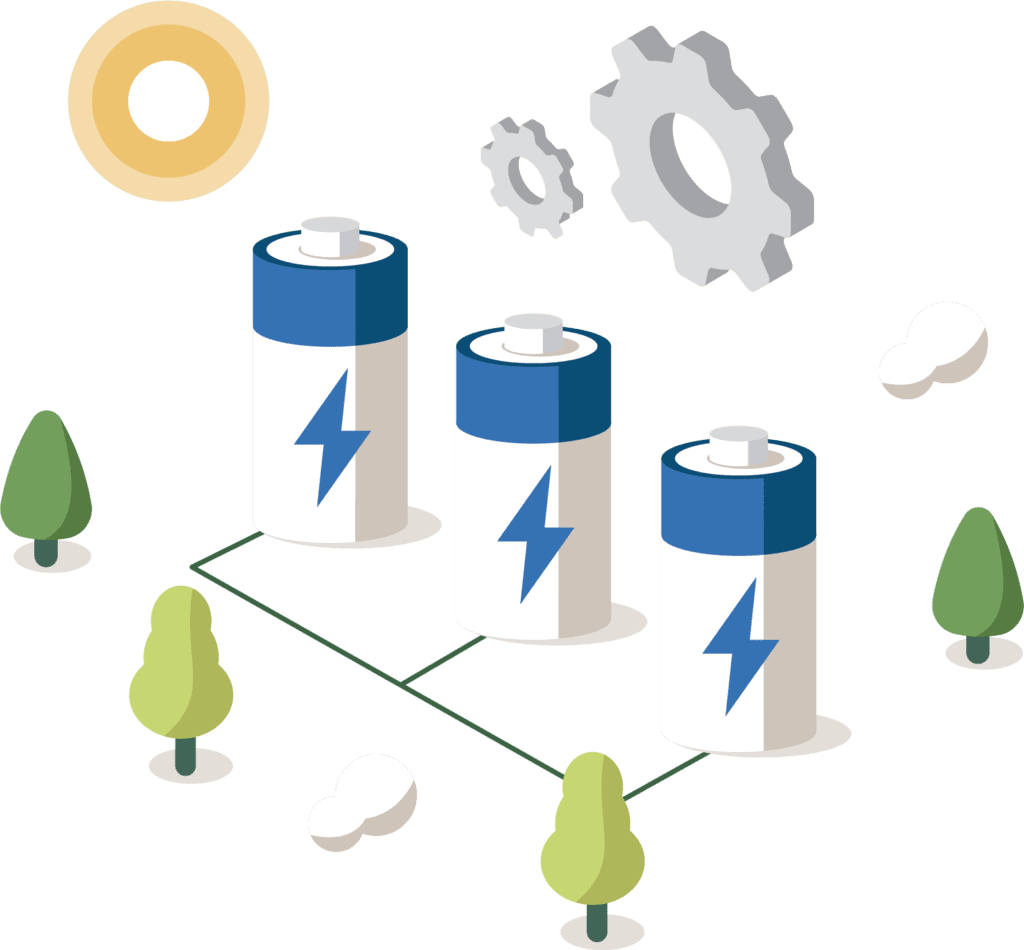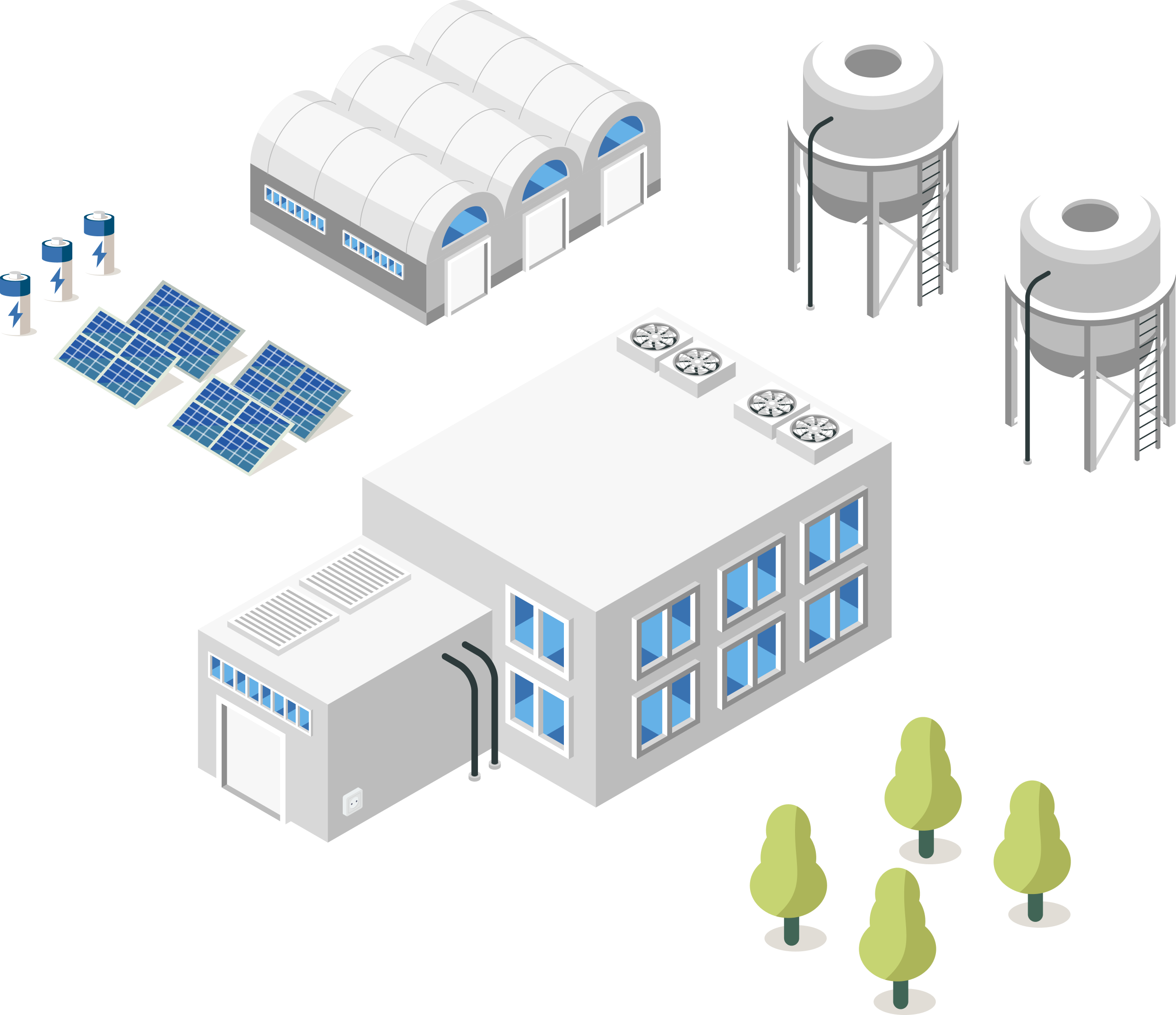Energy Efficiency
About Our Energy Efficiency Solutions
As part of our comprehensive energy solutions for clients, CalCom Energy helps with energy efficiency applications to reduce energy consumption (kWh) and energy demand (kW), both of which count as utility charges. Energy efficiency is simply the reduction of energy going into, or peak demand of, an existing asset without changing the output of the asset.


Energy Efficiency in Action with CalCom
Energy audits and assessments are intended to support energy efficiency and conservation. We can review an entire facility, a singular energy stream (electric, natural gas, water, the “3rd energy utility,” or compressed air, the “4th energy utility”), or specifically selected equipment.
Areas for evaluation could include:
-
Infrastructure upgrades
-
Lighting
-
HVAC systems
-
Water Heaters
-
Heat Recovery Units
-
Control applications (motor control, demand control, and many others)
-
Variable Frequency Drives (Pumping Systems)

Energy Efficiency Programs
There are many incentive programs for various energy efficiency retrofits and upgrades. CalCom Energy can assist with an energy efficiency audit, which, in combination with other energy solutions such as onsite generation, battery storage, thermal recycling, thermal solar, and electrification strategies, can significantly decrease operational costs while driving operational efficiency and asset renewal all directed to assisting with GHG emissions reductions goals.
For any market segment in the food systems value chain, areas for evaluation for all utilities could include:
-
Infrastructure upgrades
-
Lighting
-
Heating
-
Ventilation
-
Air conditioning
-
Motor control
-
Demand control
Typical* Payback Food Systems Market
5.0 years
-
Lighting – 4 years
-
HVAC – 5 years
-
Motor VFDs – 5 years
-
Heat Recovery – 3 years
2.5 years
*Typical: Utility rates will vary the payback +/-

Thermal Energy Solutions
CalCom Energy has extensive industry experience utilizing solar thermal applications to reduce natural gas or electricity consumption.

Lighting Controls and Sensors
Energy Efficient Windows
Plug Load Management
On-site Generation
Energy Storage
HVAC and Zone Controls
Solar thermal state-of-the-art technology uses a low-profile Non-Imaging Concentrating Collector (NICC) that pairs a custom evacuated tube solar collector with an external non-imaging reflector in a non-tracking, roof, or ground mountable system. This combination enables an east/west placement to cost-effectively achieve temperatures above 200°C (392°F) at more than 50% efficiency.
The concentration ratio is 1.4, meaning the absorber receives an additional 40% of the sun’s energy, allowing the collector to achieve high temperatures. Most previously deployed technologies used trough or flat plate Fresnel collectors with a high profile, needing large land areas to be effective.
The current technology is typically deployed to work effectively in both direct and indirect sunlight to displace natural gas and electricity.
Typical uses are:
-
Pasteurization/Sterilization
-
Space Heating
-
Desalination & Evaporation
-
Dehumidification/Drying
-
Thermochemical Processes
-
Oil & Gas: Steam Injection for Extraction
-
Cooking
-
On-Site Electricity Generation (using ORC Generators or Steam Engines)
-
Absorption Chillers using Single or Double-Effect Absorption Chillers


